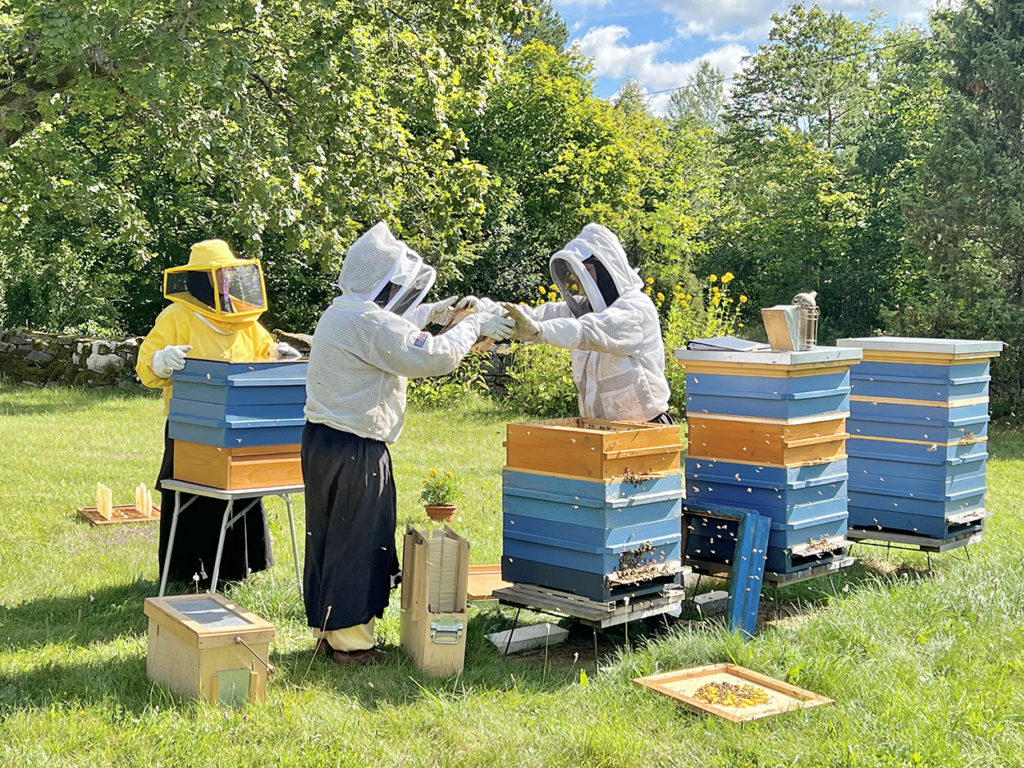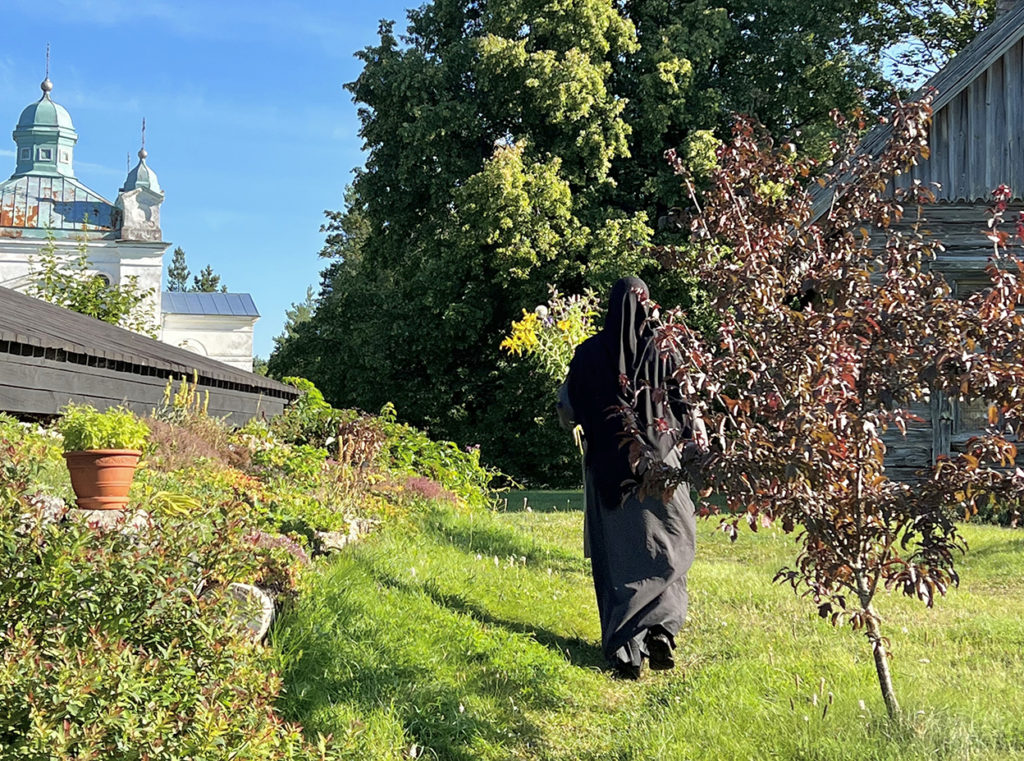
By Pam Johnson
Editor’s Note: Pam Johnson and her husband Woody are in the midst of a yearlong trip abroad, visiting 12 countries in 12 months. Pam will file monthly stories along the way.
When we first mentioned Estonia to friends, the most common responses were: Estonia? Where is Estonia? Why Estonia? Who goes to Estonia?
So, who does go to Estonia? And who stays at a monastery?
My husband Woody and I did, and we’re so glad we discovered this beautiful, endearing country nestled between Russia and the Baltic Sea. And what a marvelous opportunity to experience life in a monastery.
When deciding on places to go during our year abroad, we wanted to visit both familiar and not-so-familiar places, so I perused our globe to look for countries I didn’t know much about. For whatever reason—God, maybe—Estonia popped out at me. And a few days later, I discovered the most wonderful way to travel on a budget: the Workaway program.
Through Workaway, travelers find a host in the country they want to visit, and then volunteer for that host in exchange for housing and, often times, meals. Almost every country has hosts with jobs such as farming, childcare, teaching languages, hostel or hotel work, construction, gardening, and animal care. (I encourage you to visit their website, workaway.info.)
When I first visited the Workaway site, I plugged in the words Estonia and Christian—thinking maybe we’d find work at a church or with missionaries—and up came “Orthodox Christian nuns on the island of Saaremaa, Estonia.” And it mentioned they are beekeepers. BINGO! I knew we had to do that. So, we joined Workaway, I contacted the monastery, they approved us, and off we went (a year later).

The Püha Eelkäija Skiita Reomäel is located near the town of Kuressaare, a 3½-hour bus trip (including a ferry ride) from the capital of Tallinn.
What a blessing living in Estonia! The landscape itself feels gentle and peaceful with its countryside and forests and flowers. Then there’s the monastery itself…also so peaceful with its gardens and trees and bees. Lots of bees. (Don’t work at this monastery if you’re afraid of bees…or allergic to honeybees.)
Peaceful, yes. Relaxing, no. This monastery, like most of them, is a working establishment. The bee products and herbal teas provide the nuns’ income for living expenses and to run the monastery. Woody and I worked about 30 hours a week. Our list of chores included mowing, weeding, raking, harvesting herbs and vegetables, packaging dried herbal tea leaves, picking currants, pruning, watering, transplanting, and training Nana (the puppy they got a few days after we arrived).
The nuns were gracious and accommodating, and they remained patient with us as we learned their way of doing things. They also fed us very well! What scrumptious food, straight from the garden and made with their own honey, local eggs and milk, and grains grown in the region.
The Sisters constantly did physical labor. I assumed there would be more sitting quietly to pray, singing in church, or studying the Bible, but it’s mostly long hours in the gardens and with the bees, at least in August. Maybe things are quieter in the winter.
We spent most of our time on the monastery grounds, but we did venture into town several times. Kuressaare defines “charming” with a central square surrounded by outdoor cafés, narrow cobblestone streets lined with shops, a fascinating medieval castle, nice parks and walking paths, and free Wi-Fi. It’s an Estonian travel destination with numerous popular spa hotels. The town is small enough to feel like you’re on a relaxing vacation yet large enough to have an airport and an H&M.
H&M made me laugh because it reminded us how similar people are across the world. Like Wal-Mart and Target back home, the stores in Estonia have back-to-school sales with the same kind of items—crayons, pens, paper, and folders— filling the display tables. The grocery stores sell oat milk and vegan cheese. The young people wear backpacks to school, and, like in Norway, they ride around on electric scooters.
But there is a difference here (as with other former Eastern Bloc countries): the memories of Soviet occupation. You can sense it in some of the buildings from that era. You can catch a glimpse of it in the faces of the elderly. Just a hint of things they’d rather not remember, as well as joy in the freedoms they now have. And maybe a touch of resolve as the unrest in Eastern Europe continues.
We may see more of this unsettledness as we continue to Romania, a country with a similar history and currently impacted by its border with Ukraine. But first, a stop in Poland to visit our daughter in Krakow.
To sum up Estonia:
The voice of the crane and the buzz of the bees
Farmlands and forests live next to the sea
All is at peace
the young look carefree…yet
the old, etched with memories…some not so fond
also thankful for freedoms won
The Estonian air pulses with strength and resolve.
I’d love for you to follow me on Instagram and TikTok @amimionthemove, and my blog. If you have comments, suggestions, or questions, please email me at amimionthemove@gmail.com. Check back next month to discover Romania.




